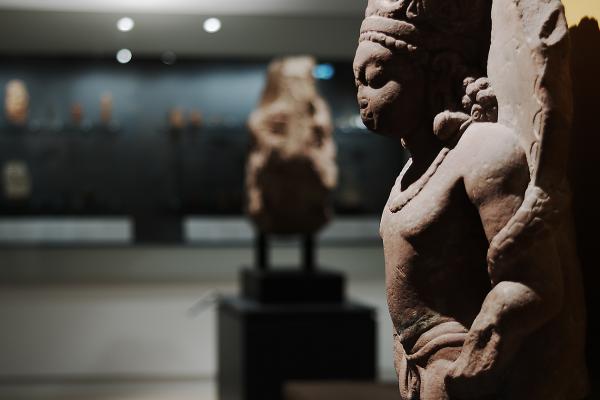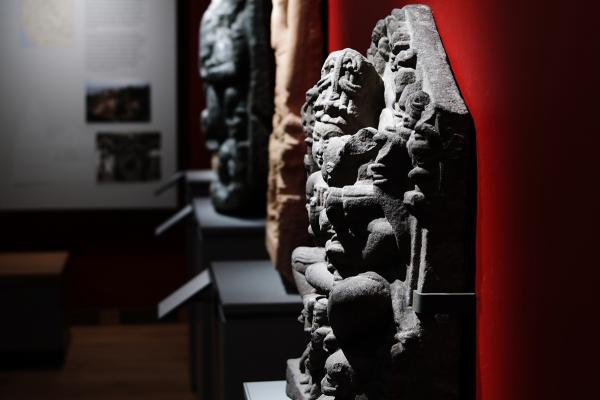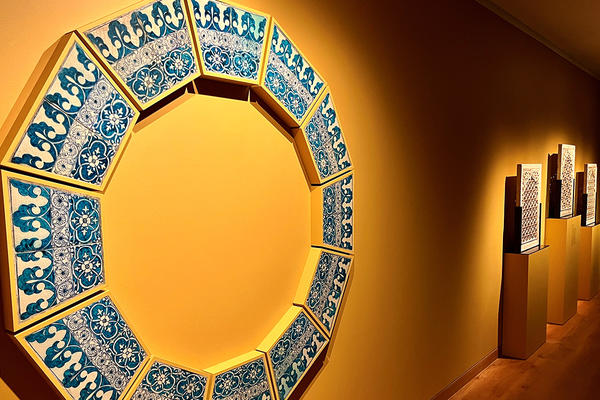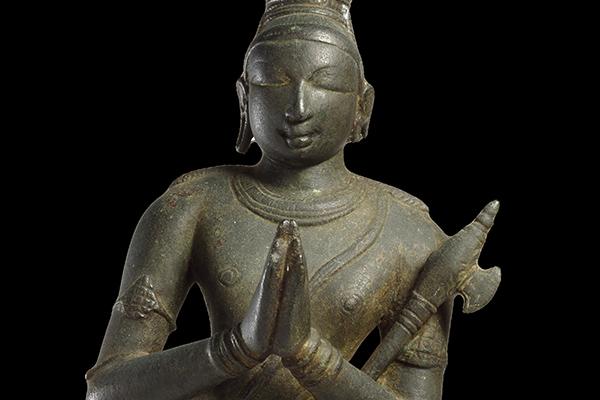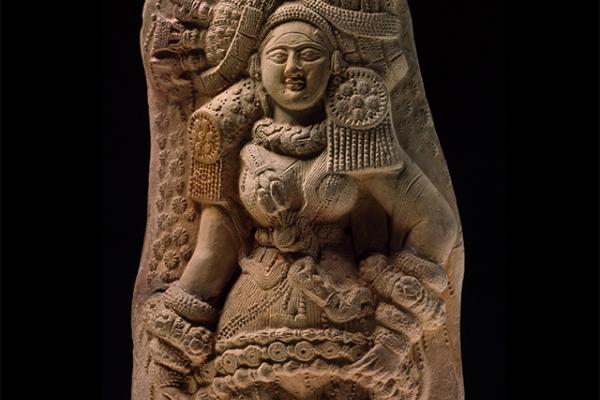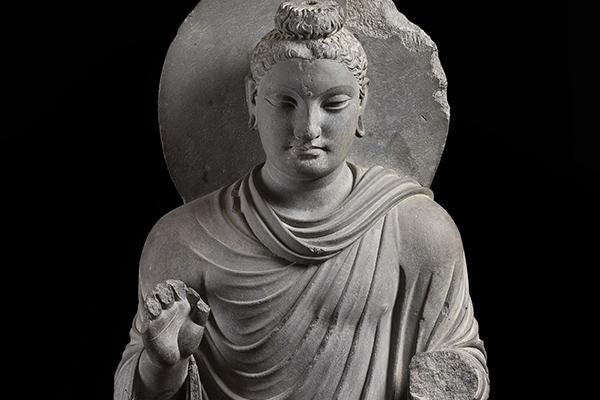INDIA AND SOUTHEAST ASIA COLLECTION
The Ashmolean has a distinguished collection of objects from the Indian subcontinent (modern India, Pakistan, Bangladesh and Sri Lanka), the most comprehensive of its kind in Britain outside London.
Collection History
In 1686, Sir William Hedges of the East India Company first presented to the newly founded Museum a fine stone sculpture of Vishnu which he had obtained in Bengal. This was the first example of an Indian sculpture to enter any Western museum collection.
By the late 19th century, with the founding of the University's former Indian Institute Museum (1897-1962), many more Indian artefacts of all kinds began to be acquired. Most of these eventually came to the Ashmolean's new Department of Eastern Art in 1962. Since then, the Indian collections have continued to be strengthened through regular purchases and through the generosity of our donors.
Collection Overview
Today the Indian collection includes outstanding works of art of all periods, from the Indus Valley Civilization (c.2000 BC) to the twentieth century. It is especially strong in Hindu, Buddhist and Jain sculptures in stone, terracotta and bronze.
The painting and decorative arts of the Mughal and British periods (c.1550-1900) are also well represented, while the Newberry Collection of 1,200 early Gujarati printed cotton fragments discovered in Egypt is the most important study group of its kind in the world.
There are also substantial collections of Himalayan art from Tibet and Nepal, and of Southeast Asian art, particularly from Burma, Thailand, Cambodia and Indonesia.


